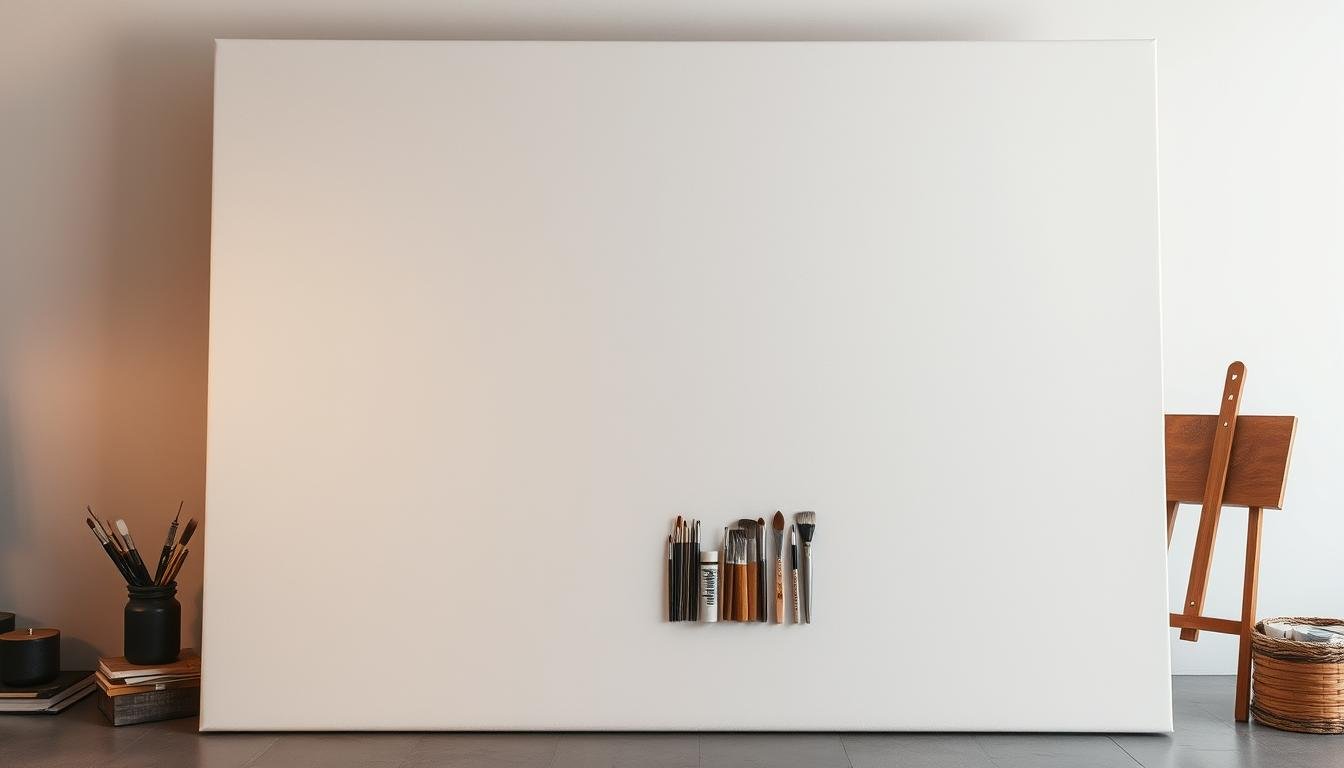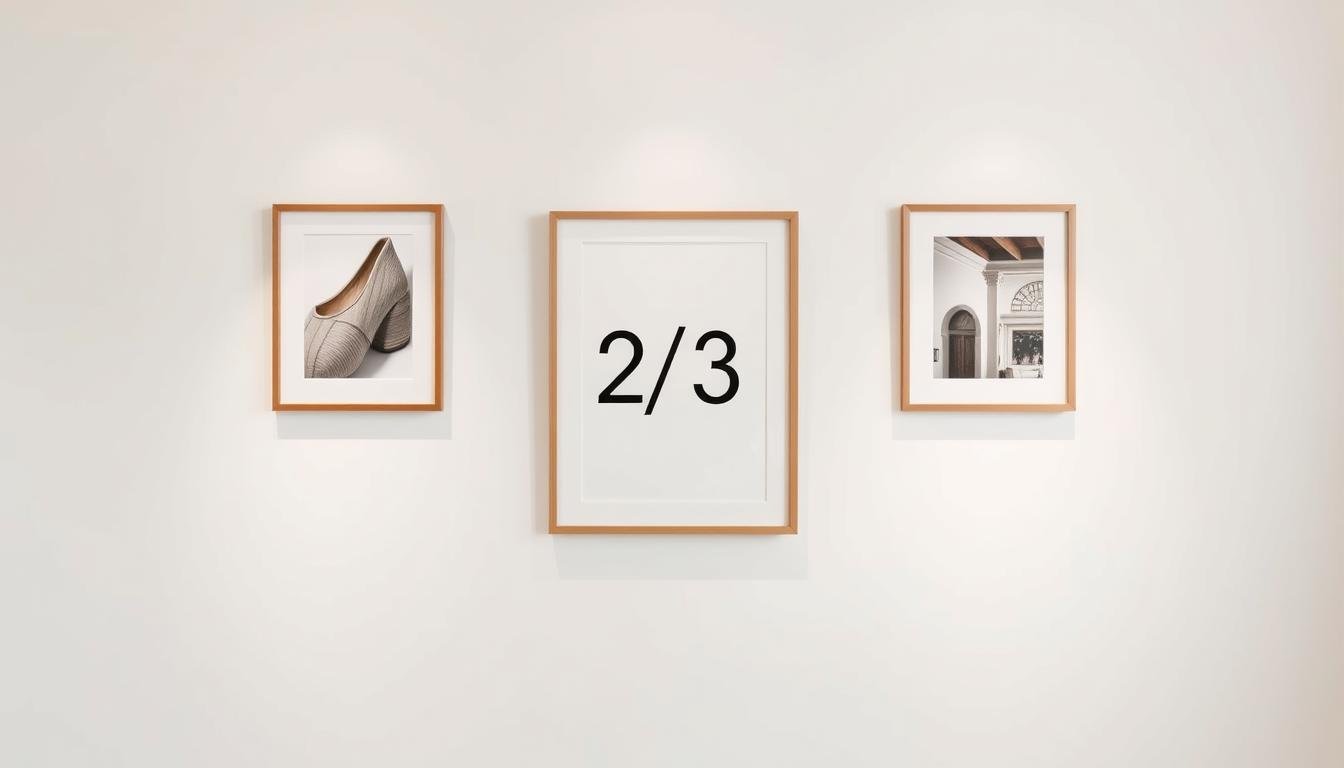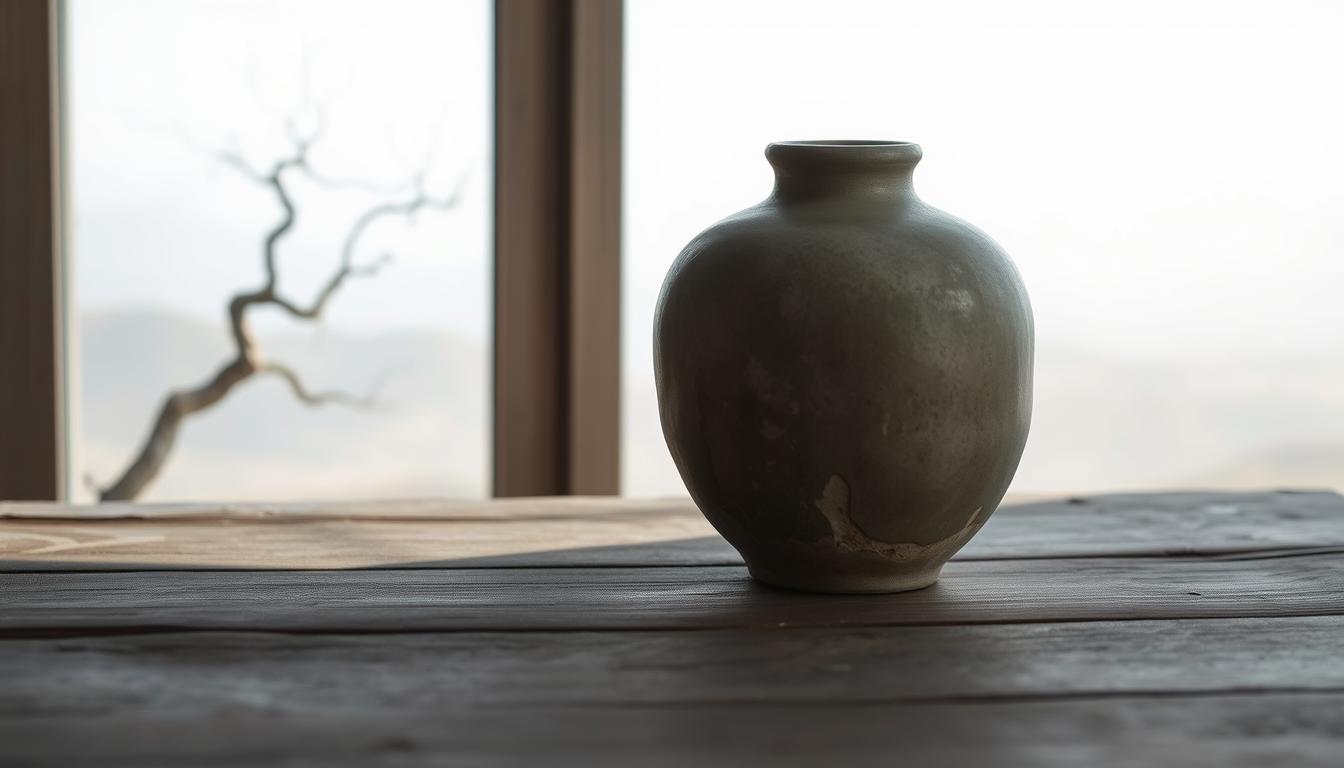Want a quick answer? In the United States, 50x70 inches is not part of the most commonly stocked lineup sold at big-box retailers and many photo shops. Professional labs and custom makers do offer this large format, so you can order it when you need a bold statement piece.
What does “standard” mean here? It refers to the formats most stores keep on shelves and the frames that fit them. Popular choices in the market include formats like 8x10, 11x14, 16x20, 18x24, and 30x40, which are easy to find and frame.

Choosing the right canvas size depends on your wall and the room scale. Designers often use 60–75% of the wall or furniture width as a rule of thumb. A 50x70 can ground a living room or gallery wall, but expect greater weight, special framing, and higher resolution needs than smaller prints.
Key Takeaways
- 50x70 inches is generally not a common shelf item in U.S. retail.
- Pro labs and custom shops can produce this large dimension on request.
- “Standard” means wide availability, ready frames, and common ratios.
- Use 60–75% of wall or furniture width to pick the right canvas size.
- Large formats need higher resolution and sturdier mounting hardware.
Standard canvas sizes in the U.S. today: what “standard” really means
Supply chains, framing options, and customer demand decide which canvas formats become everyday picks. Retailers stock formats that sell and match common frames and print workflows. That is why some measurements feel normal while others need custom orders.
Everyday lineup: Mini and small options (4x6, 5x7, 8x10) fit shelves and entryways. Medium choices like 11x14, 16x20, and 18x24 suit most rooms and single-hang displays. Large and oversized pieces — think 24x36, 30x40, and 36x48 — serve as focal art for living rooms and galleries.
U.S. retail uses inches, so many listed offerings follow imperial measures. Other markets prefer metric formats, which explains regional differences in what retailers call common.
The availability vs. popularity split
Being listed doesn’t always mean in-store stock. Some sizes are routinely stocked; others appear in catalogs or online only. That supply-versus-demand gap is the real test of what becomes widely used.
- Small canvas pieces: good for clusters and tight nooks.
- Medium canvas pieces: versatile for bedrooms, offices, and living areas.
- Large canvas pieces: designed for bold, single installations in public rooms or galleries.
For more practical guidance on matching art to wall measurements and common offerings, see this gallery sizing guide: wall art size guide.
Is 50x70 a standard canvas size?
Big canvases make bold statements, yet they demand extra attention to construction, resolution, and delivery.
Practical reality: In U.S. retail this large option rarely appears on shelves. Pro labs and custom printers do produce it, often with gallery-depth builds for strength and presence.
The market offers pro-grade examples such as the "50x70 3D Pro Monterey Canvas 2-1/2" #DM-5070" with a 2.5-inch profile and premium pricing. That model shows the dimension exists as a professional, made-to-order product.
"Use pro printers for oversize prints — they handle depth, stretch, and file requirements so the work ships ready to hang."
- Best for single, focal pieces in open spaces or commercial lobbies.
- Expect higher cost, heavier framing, and stricter resolution needs for prints.
- Consider breaking the concept into multiple panels for delivery and flexibility.
| Feature | Typical Option | Why it matters |
|---|---|---|
| Depth | 2.5" gallery wrap | Stays flat and reads well from distance |
| Price | Premium (example: $375.90) | Reflects pro materials and labor |
| Use case | Single-wall anchor | Designed for large rooms and lobbies |
| Alternative | Multi-panel prints | Easier handling, lower shipping cost |
For layout help, check this wall art size guide before ordering to confirm the right canvas for your space.
How 50x70 compares to popular sizes like 16x20, 18x24, 24x36, and 30x40
Not all wall art reads the same; scale and proportion change how pieces perform in a room.
Footprint and impact: A 50x70 dramatically outscales medium canvas go-tos such as 16x20 and 18x24. Even versus large formats like 24x36 and 30x40 inches, the larger dimensions create a gallery-level presence that can dominate a living wall.
Aspect ratios matter. Smaller prints keep camera-friendly proportions. The expansive footprint of the larger format reads as a single, bold statement.

Viewing distance and handling: Medium canvas pieces work well at close range or in layered arrangements. A 30x40 suits over sofas. A larger canvas needs stand-back space and two people to hang safely.
"Choose scale to match sightlines—larger rooms reward larger work."
- 16x20: great for groupings and tight spaces.
- 24x36: single-focus art for standard living areas.
- 30x40: strong living-room statement without museum scale.
- 50x70: gallery presence; higher cost, shipping, and hardware.
| Format | Typical inches | Best use |
|---|---|---|
| Small/Medium | 16x20, 18x24 | Layered walls, bedrooms |
| Large | 24x36, 30x40 | Over sofas, fireplaces |
| Gallery | 50x70 | Museum-like focal point |
Finding the right canvas size for your wall space and furniture
Measure your wall and plan so the artwork feels intentional, not lost or overpowering. Use simple rules to pick the right canvas and keep the room balanced.
The 2/3 rule for wall width
Quick math: multiply the wall width by ~0.66 to find the ideal art width. This helps the piece read as a deliberate focal point without crowding trim or doors.
The 60–75% rule above furniture
When hanging over sofas, beds, or buffets, aim for art that spans about 60–75% of the furniture width. For example, an 84-inch sofa pairs best with art roughly 50–63 inches wide. Keep the bottom edge about 6–8 inches above the sofa or headboard.
Try before you buy: mockups and AR previews
Preview scale using kraft paper templates or painter’s tape. For digital checks, try AR apps like Canvy or ArtPlacer to swap sizes and layouts instantly.
- Measure the wall space first, then pick a width near two-thirds of that value.
- Check stand-back distance and nearby fixtures so the work stays the focal point.
- Mock up templates or use AR to compare a single large piece versus a gallery wall.

| Tip | Action | Why it works |
|---|---|---|
| 2/3 Rule | Measure × 0.66 | Balanced footprint on wall |
| 60–75% | Match furniture width | Visually tied grouping |
| Mockups | Use tape or AR | Preview scale before purchase |
"Mockups save returns—see the piece in your room before you buy."
Buying a 50x70 canvas: depth, print quality, and installation tips
Before you order, decide which stretcher depth and finish will match your room and hanging plan.
Profile matters. Choose 0.75" for framed displays, 1.5" for a modern gallery look, or 2.5" when extra rigidity is needed for very large pieces.
Edge options affect composition. Pick mirrored edges, a solid color wrap, or an image bleed so crucial parts of the artwork don't disappear behind the stretcher bars.
Image resolution and print checks
Confirm file quality before submitting. If a 24x36 print needs roughly 2400×3600 pixels, larger formats demand proportionally higher pixels or lab validation.
Ask your lab to review resolution and recommended viewing distance to avoid soft or pixelated prints.
Hardware and safe mounting
Use two-point hangers and wall anchors rated for heavy weight. Match anchors to your wall type — drywall, plaster, or masonry — for secure support.
"Plan delivery and measure passageways so the piece moves safely from truck to wall."
- Check included hangers; upgrade anchors if needed.
- Measure doorways, elevators, and stairwells before delivery.
- Stage the area with padding to protect wall decor and furniture while you hang.
| Consideration | Recommendation | Why it matters |
|---|---|---|
| Depth | 0.75", 1.5", 2.5" | Frame-friendly, gallery wrap, extra stiffness |
| Resolution | Higher than 2400×3600 px equivalent | Sharpness at normal viewing distance |
| Mounting | Two-point hangers + proper anchors | Prevents sagging and hazards |
| Handling | Measure paths; use padding | Avoid damage during delivery |
Conclusion
A final note: 50x70 inches isn’t a common U.S. standard, but pro labs and custom makers will produce that scale when you want true gallery impact.
Choose with intent. Start with common canvas sizes for easier framing and lower cost, then step up only if your room, budget, and viewing distance support a larger piece.
Use simple rules of thumb—the two-thirds wall width and 60–75% of furniture width—to pick the right canvas size so the artwork reads as a clear focal point, not an afterthought.
Test proportions with paper templates or AR. Check resolution, pick the proper depth, and install with strong hardware. For print options and detailed finishing, see this canvas print guide.
FAQ
Is 50x70 considered a common canvas option for home decor?
50 x 70 centimeters often appears in fine art shops and print labs. While it’s less common than sizes expressed in inches like 16x20 or 24x36, many makers and framers offer it, especially in markets using metric measurements. It works best when you want a strong focal piece without going oversized.
What are typical canvas measurements sold in the U.S., and why do they vary?
In the U.S., manufacturers favor inch-based dimensions such as 8x10, 11x14, 16x20, 18x24, 24x36, and 30x40. Differences come from imperial versus metric systems, production runs, and retailer demand. A “standard” label often reflects what’s easiest to stock, frame, and ship rather than a strict rule.
How does availability differ from popularity when calling a format standard?
Availability means stores and framers regularly carry the format. Popularity measures what buyers choose most. A format can be readily available in some regions yet rarely purchased, or vice versa. Retailers follow trends, so sizes tied to living-room gallery walls or bedroom headboards sell more and become de facto standards.
When is choosing a 50 x 70 a smart move for art or prints?
Choose it for statement pieces, portfolio work, or commissioned prints where a mid-large footprint is needed. It suits hallway galleries, over consoles, or beside furniture when you want presence without a full-wall piece. Professional projects and custom orders often lean on this scale.
How does a 50 x 70 compare to popular inch-based formats like 16x20, 24x36, and 30x40?
It sits between medium and large options. Compared with 16x20 it’s noticeably larger and more commanding. Against 24x36 and 30x40 it’s slightly smaller but still substantial. Use it when you need more impact than medium prints but prefer a more modest scale than the largest gallery canvases.
How can I pick the right measurement for my wall and furniture?
Start by measuring the wall and furniture width. Aim for a focal piece that covers about two-thirds of the available wall space above consoles. For sofas and beds, target 60–75% of the furniture width to maintain balance and harmony with nearby decor.
What is the 2/3 rule for wall width and how do I apply it?
The 2/3 rule suggests the visual center piece should span roughly two-thirds of the wall or furniture width. For example, on a 72-inch sofa, choose artwork around 48 inches wide in total composition. Use paper templates or painter’s tape to preview the area before buying.
What’s the 60–75% guideline for hanging art above sofas and beds?
Measure the furniture width, then pick art or a group of pieces that equal 60–75% of that width. This avoids tiny-looking prints and prevents the work from overpowering the piece. Leave consistent side margins for a clean, professional look.
How can I preview a canvas fit before purchase?
Make paper templates in the exact dimensions and tape them to the wall. Painter’s tape or kraft paper works well. Augmented reality apps from retailers can also place a virtual print on your wall for instant scale checks.
What should I know about canvas depth and weight when buying larger prints?
Depth options include slim wraps around 0.75" and deeper gallery wraps at 1.5" or 2.5". Deeper bars give a premium look but add weight. Match depth to the framing method and wall hardware capacity. Lighter mounts suit small rooms and thinner walls.
How important is image resolution for larger reproductions?
Very important. Larger reproductions require higher resolution to avoid pixelation. Aim for files at or above 150–300 DPI at final print dimensions. Check with your print lab for specific pixel requirements before ordering.
What hanging hardware and anchors work best for larger canvases?
Use heavy-duty picture hangers, wall anchors rated for the canvas weight, and a French cleat for very large or heavy pieces. For drywall, toggle bolts or molly anchors provide secure support. When in doubt, consult a professional installer.




Leave a comment
This site is protected by hCaptcha and the hCaptcha Privacy Policy and Terms of Service apply.